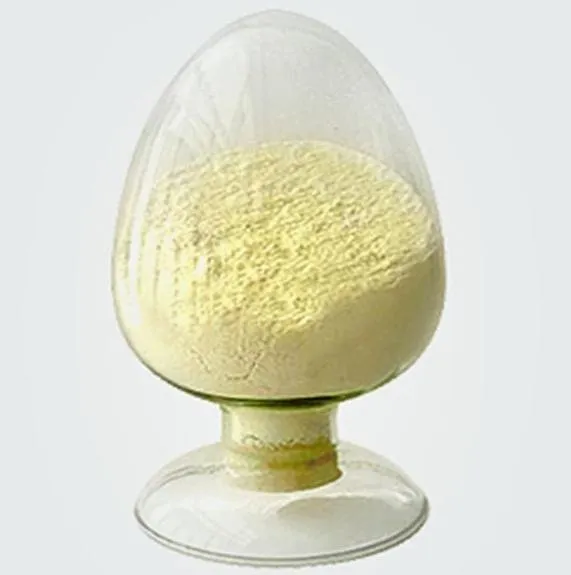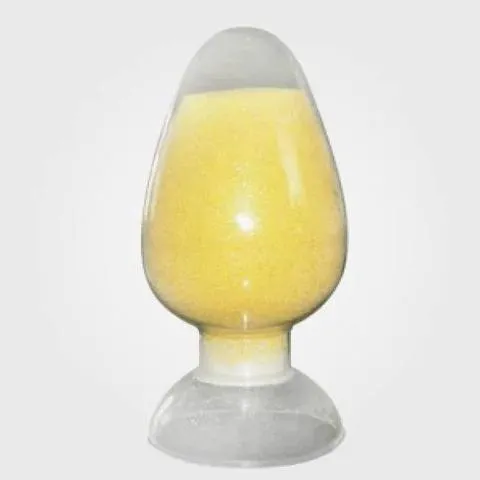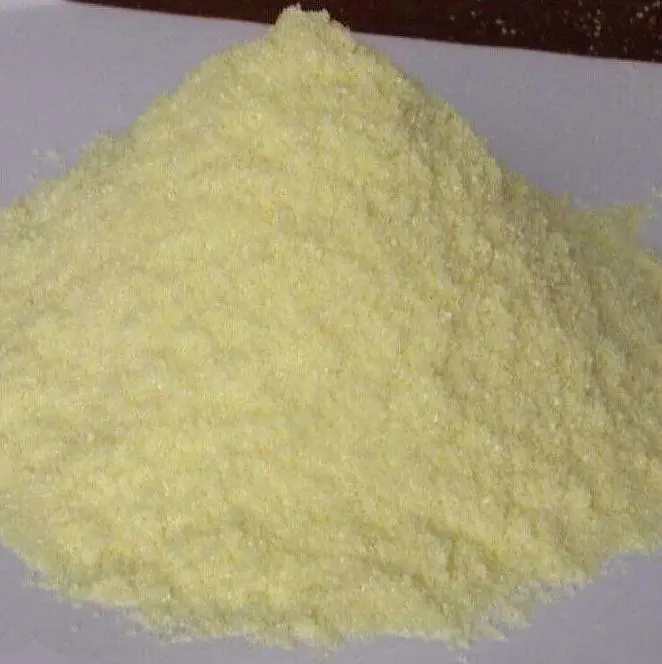Warning: Undefined array key "file" in /home/www/wwwroot/HTML/www.exportstart.com/wp-content/themes/1198/header.php on line 7
Warning: Undefined array key "title" in /home/www/wwwroot/HTML/www.exportstart.com/wp-content/themes/1198/header.php on line 7
Warning: Undefined array key "title" in /home/www/wwwroot/HTML/www.exportstart.com/wp-content/themes/1198/header.php on line 7
- Afirika
- Ede Albania
- Amharic
- Larubawa
- Ara Armenia
- Azerbaijan
- Basque
- Belarusian
- Ede Bengali
- Ede Bosnia
- Bulgarian
- Catalan
- Cebuano
- China
- China (Taiwan)
- Corsican
- Ede Croatian
- Czech
- Danish
- Dutch
- English
- Esperanto
- Estonia
- Finnish
- Faranse
- Frisia
- Galician
- Georgian
- Jẹmánì
- Giriki
- Gujarati
- Haitian Creole
- hausa
- ara ilu Hawaiani
- Heberu
- Bẹẹkọ
- Miao
- Ede Hungarian
- Icelandic
- igbo
- Ede Indonesian
- Irish
- Itali
- Japanese
- Javanese
- Kannada
- Kasakh
- Khmer
- Ede Rwandan
- Korean
- Kurdish
- Kirgisi
- TB
- Latin
- Latvia
- Lithuania
- Luxembourgish
- Macedonian
- Malgashi
- Malay
- Malayalam
- Èdè Malta
- Maori
- Marathi
- Mongolian
- Mianma
- Nepali
- Norwegian
- Norwegian
- Occitan
- Pashto
- Persian
- Polish
- Portuguese
- Punjabi
- Romanian
- Russian
- Samoan
- Scotland Gaelic
- Ede Serbia
- English
- Shona
- Sindhi
- Sinhala
- Slovakia
- Slovenia
- Somali
- Ede Sipeeni
- Ede Sundan
- Swahili
- Swedish
- Tagalog
- Tajik
- Tamil
- Tatar
- Telugu
- Thai
- Tọki
- Turkmen
- Ukrainian
- Urdu
- Uighur
- Uzbekisi
- Vietnamese
- Welsh
- Egba Mi O
- Yiddish
- Yoruba
- Zulu
Zein Maize / Zein
Zein is a prolamine; an alcohol-soluble protein present in amounts of 2.5-10% (dry basis) in corn. Zein is a common component used in the manufacture of plastics, paper coatings, adhesives, substitutes for shellac, laminated board, and solid color printing films.Zeins are the main storage proteins found in the seeds of maize. Following protein translation, the zeins are stored in the rough endoplasmic reticulum (ER)-derived protein bodies. The accumulation of zein in these ER-derived protein bodies results in the formation of the endosperm - the food storage body of seeds.




1. After being dried by spray, zein solution can form a smooth film on the surface of the object, which can be used as a coating agent. If a suitable amount of fatty acid, emulsifier and other plasticizers are added according to the nature of the object, after spray drying or coating drying, a smooth film with good extensibility and adhesion can be formed on the surface of the object.
2.Nutritional excipients: Although the amino acid composition of zein is imbalanced and cannot be directly utilized by the human body. However, its unique solubility, as well as strong water resistance, heat resistance, and fat resistance, make it an ideal natural nutritional preservative.
3. Corn gliadin has excellent bonding properties and can be used as a bonding agent. In addition, it can also be used as a specialized bonding agent for wood, plywood, cardboard, and other materials. It has an anti mold effect under humid and hot conditions, so it can also be used in the manufacturing of corks.
4. Alcohol soluble proteins dissolve in alkaline (pH 11.2-12.7) solutions, making them suitable for spinning. After being treated with formaldehyde, they can be made into excellent fibers for use in textile industry and industrial applications. In addition, gliadin can also be used in paint, printing ink, film, degradable plastic, hair dye, s and many other aspects.
A ni ọpọlọpọ awọn ile-iṣelọpọ giga-giga pẹlu ifowosowopo jinlẹ, eyiti o le fun ọ ni awọn ọja to gaju ati awọn idiyele ifigagbaga. Ati pe a tun le fun awọn ẹdinwo fun awọn rira olopobobo.Ati pe a ṣe ifọwọsowọpọ pẹlu ọpọlọpọ awọn ile-iṣẹ gbigbe ẹru ẹru ọjọgbọn, le fi awọn ọja ranṣẹ lailewu ati laisiyonu si ọwọ rẹ. Akoko ifijiṣẹ jẹ nipa awọn ọjọ 3-20 lẹhin ijẹrisi isanwo.




|
Appearence
|
Yellow powder
|
|||
|
Odour
|
Odorless, tasteless
|
|||
|
Solubility in water
|
Insoluble
|
|||
|
Solubility in 70%~80% acetone
|
Clear to slightly cloudy
|
|||
|
Solubility in 80%~92% alcohol
|
Clear to slightly cloudy
|
|||
|
Nkan
|
Awọn pato
|
Esi
|
||
|
Identification:A ,B & C
|
Ni ibamu
|
Ni ibamu
|
||
|
Nitrogen content
|
13.1%―17.0%
|
14.34%
|
||
|
Zein(Protein)
|
88%~96%
|
89.88%
|
||
|
Loss on drying
|
≤8%
|
4.06%
|
||
|
Fat(ether-soluble matter)
|
≤2%
|
1.10%
|
||
|
Residue on Ignition
|
≤0.3%
|
0.24%
|
||
|
Heavy metals
|
≤0.002%
|
<0.002%
|
||
|
Apapọ Awo kika
|
≤1000cfu/g
|
<10cfu/g
|
||
|
Number of fungal and yeast
|
≤100cfu/g
|
<10cfu/g
|
||
|
Escherichia coli
|
Odi
|
Odi
|
||
|
Ipari
|
The above product complies with CP2010 standard.
|
|||

1. Ṣe o jẹ ile-iṣẹ tabi ile-iṣẹ iṣowo kan?
A jẹ ile-iṣẹ iṣọpọ compnay ati iṣowo, ti n pese iṣẹ iduro kan.OEM le gba.
2. Ṣe o pese awọn ayẹwo? Ṣe o jẹ ọfẹ tabi afikun?
Awọn ayẹwo ọfẹ.Ọya ẹru ọkọ ayẹwo naa nilo lati san nipasẹ ẹgbẹ rẹ.
3. Ṣe o ni awọn iwe-ẹri eyikeyi ti o ni ibatan si iṣakoso didara?
ISO 9001: 2008 iwe-ẹri lati rii daju didara.
4. Kini MO yẹ ki n pese lati gba agbasọ ọrọ kan?
Pls sọ fun wa iru ọja ti o nilo, iwọn ibere, adirẹsi ati awọn ibeere pataki.Itọkasi yoo ṣee ṣe fun itọkasi rẹ ni akoko.
5. Iru ọna sisan wo ni o fẹ? Iru awọn ofin wo ni a gba?
Awọn ofin Ifijiṣẹ ti a gba: FOB, CFR, CIF, EXW;
Ti gba Owo Isanwo:USD;
Accepted Payment Type: T/T,Western Union; Paypal,BTC
Ede Sọ: Gẹẹsi.
Awọn ẹka ọja
-
 Apr . 27, 2025Zibo will host the 2025 International Chemical ExpoZibo, a city known for its thriving chemical industry, will host the 2025 Zibo International Chemical Expo from May 16 to May 18, 2025. This highly anticipated event aims to bring together industry leaders, innovators and stakeholders from around the world to explore the latest advancements and trends in the chemical industry.
Apr . 27, 2025Zibo will host the 2025 International Chemical ExpoZibo, a city known for its thriving chemical industry, will host the 2025 Zibo International Chemical Expo from May 16 to May 18, 2025. This highly anticipated event aims to bring together industry leaders, innovators and stakeholders from around the world to explore the latest advancements and trends in the chemical industry. -
 Apr . 22, 20252025 Yokohama Cosmetics Raw Materials and Technology ExhibitionYOKOHAMA, Japan – The City of Yokohama is preparing to host the much-anticipated Cosmetics Ingredients & Technologies 2025 from May 14 to May 16, 2025. The premier event is expected to attract industry professionals, innovators and enthusiasts from around the world to showcase the latest advancements in cosmetic ingredients and technologies.
Apr . 22, 20252025 Yokohama Cosmetics Raw Materials and Technology ExhibitionYOKOHAMA, Japan – The City of Yokohama is preparing to host the much-anticipated Cosmetics Ingredients & Technologies 2025 from May 14 to May 16, 2025. The premier event is expected to attract industry professionals, innovators and enthusiasts from around the world to showcase the latest advancements in cosmetic ingredients and technologies. -
 Apr . 18, 20252025 India Mumbai Fine Chemicals ExhibitionMUMBAI, India – The bustling metropolis of Mumbai is gearing up to host the much-anticipated Fine Chemicals Expo on April 29-30, 2025. The premier event is expected to attract industry leaders, innovators and stakeholders from across the world to showcase the latest advancements in the fine chemicals sector.
Apr . 18, 20252025 India Mumbai Fine Chemicals ExhibitionMUMBAI, India – The bustling metropolis of Mumbai is gearing up to host the much-anticipated Fine Chemicals Expo on April 29-30, 2025. The premier event is expected to attract industry leaders, innovators and stakeholders from across the world to showcase the latest advancements in the fine chemicals sector.













